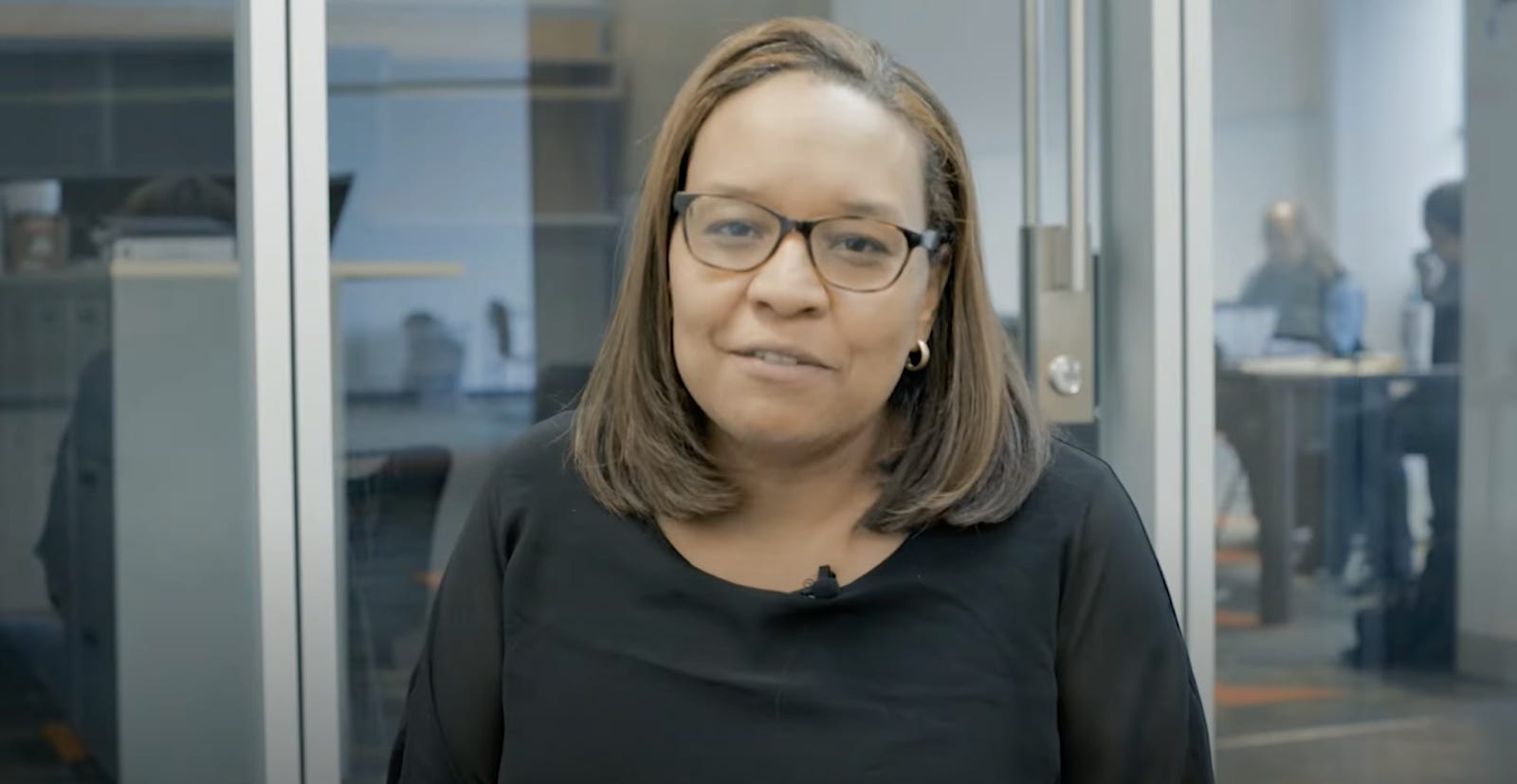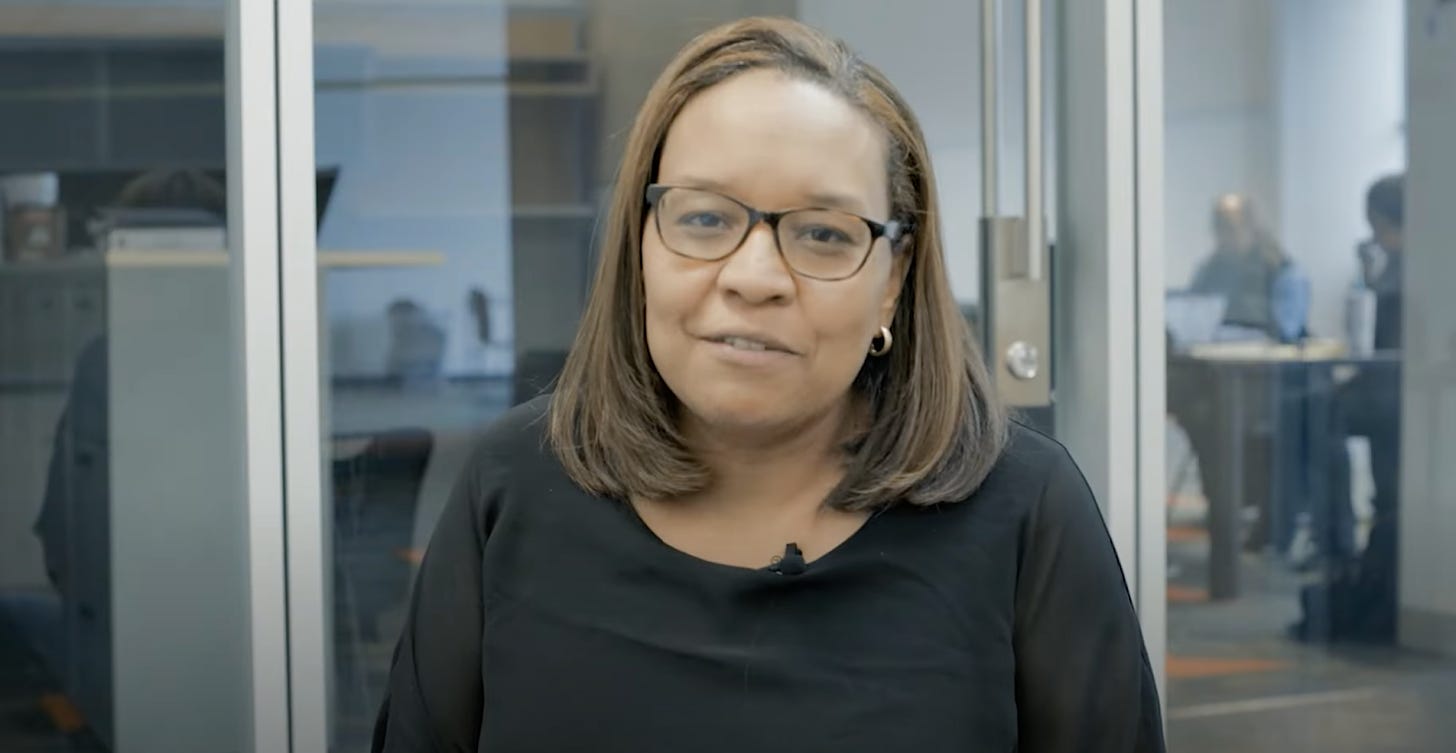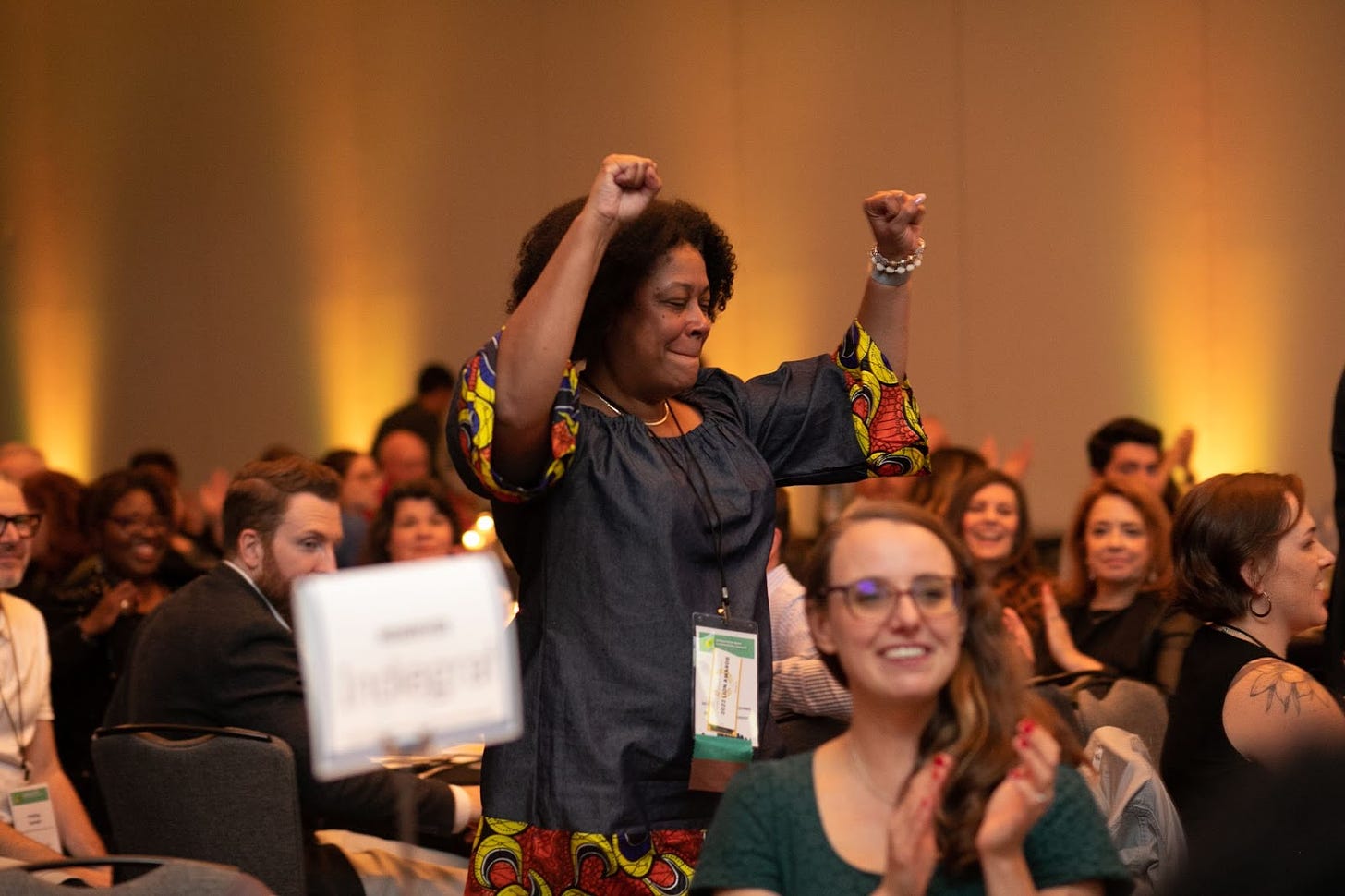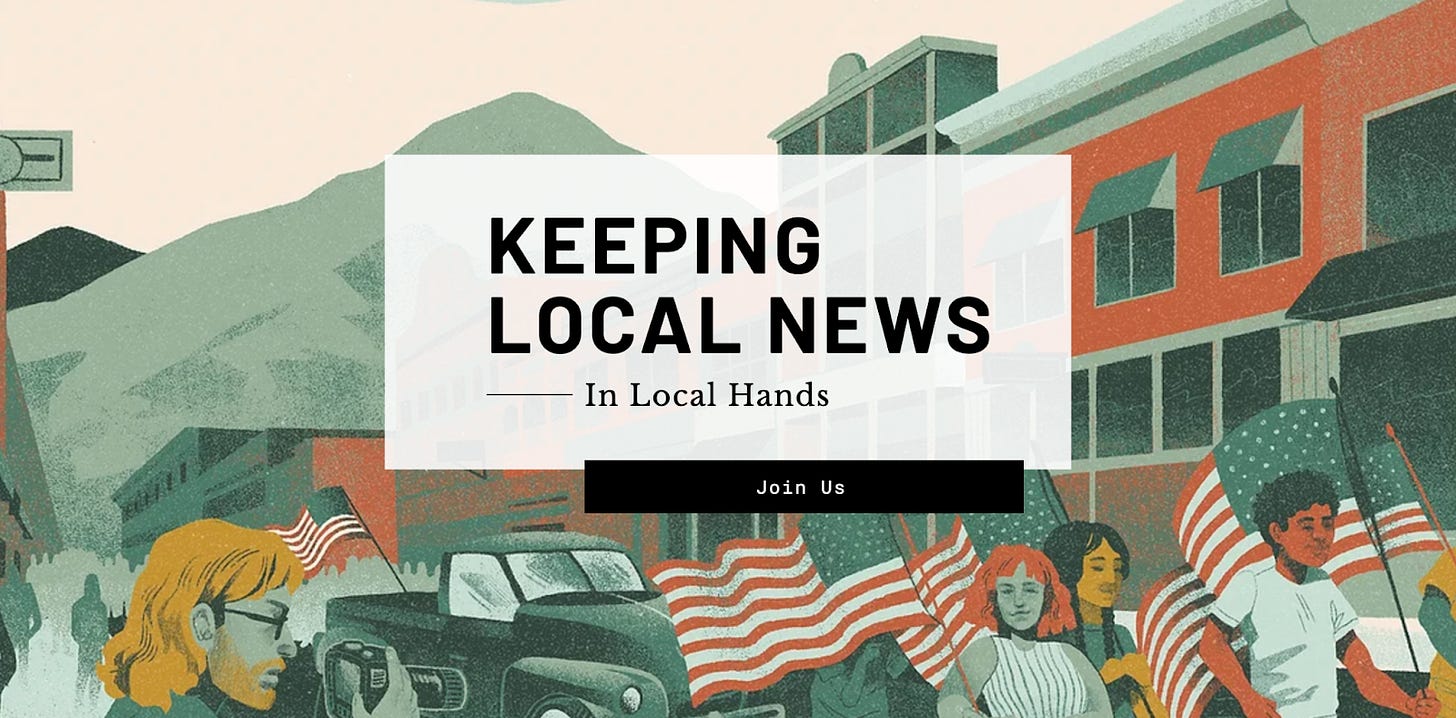
7 hopeful trends in journalism in 2022
A look back at a year of growth in independent and nonprofit local news, in-person conferences and stronger BIPOC media

As we enter the holiday season, the light outside dims, work slows to a crawl and work travel (thankfully) tails off. It’s also time for Nieman Lab predictions for next year, and a look back at our first year of News @ Knight newsletters. We realize that our industry is still in turmoil, with hundreds of newspapers around the country under ownership of hedge funds that care more about the bottom line than serving communities. But there are bright spots growing just a little brighter each year (you can even see them on our interactive map).
So here’s the roundup of trends in journalism that give us hope as the calendar turns to 2023.
💫 1. Nonprofit startups look to eclipse metro dailies. Thanks to a mix of local and national funding (including from Knight Foundation), there has been a new push to create metro nonprofits rather than try to save existing metro newspapers. We’ve seen the launch of The Baltimore Banner and Signal Cleveland––with Houston on deck. What do these organizations have in common? Millions of dollars in funding and a common approach of putting community at the center of their reporting. As Signal Cleveland’s editor-in-chief Lila Mills wrote: “We’re committed to reporting on a variety of topics from the resident-first perspective and to holding our local leaders accountable.”
📈 2. Local independents, nonprofits on the rise. While we hear a lot about “ghost newspapers” with no local reporters, there’s also a counter-trend of new local for-profit and nonprofit digital publications around the country. The evidence is in the membership growth at Local Independent Online News (LION) Publishers and the Institute for Nonprofit News (INN). Each now have more than 400 members, with LION growing 30 percent since 2020 and INN seeing local nonprofits doubling since 2017. According to the INN Index, local nonprofits have created multiple revenue streams, and out of the 32 startup outlets with a primary focus on covering communities of color, 20 are local news outlets.
👏🏽 3. BIPOC media, both legacy and startups, find solid ground. One of the challenges of serving communities of color is making sure publishers have the funding (and long-term business models) to succeed. The Local Media Association has made strong inroads in support for Black-owned legacy media, with the Word in Black collaboration as well as the growing Knight x LMA BloomLab, with support for technology and revenues. Plus, organizations such as Capital B and URL Media have helped serve communities of color around the country in new ways. And we can’t forget the powerful Center for Community Media at CUNY, with its successful Advertising Boost Initiative bringing millions in ad money for community and ethnic media in New York City.
✨ 4. Local newspapers owned by local owners. Many newspapers have a long history of being run by families, dating back to the 19th century. Then, corporate ownership, chains and eventually hedge funds eroded that local ownership. But there are signs of a shift. The new National Trust for Local News helped buy a family-owned chain of 24 newspapers in Colorado, making them part of a new Colorado News Conservancy, eventually becoming part of the Colorado Sun. On a smaller scale, who can forget the heartwarming story of newspaper refugees and couple Amy Duncan and Mark Davitt starting an online news site (and becoming LION members) and then buying their old paper from Gannett? Or how about the local owner of the Silver City Press in New Mexico buying the Silver City Sun-News and Deming Headlight from Gannett? Baby steps, people.
🏛️ 5. State governments step in to support local news. The year had its ups and downs when it comes to politics and journalism. The U.S. midterm elections were not significantly impacted by misinformation. Congress didn’t pass the popular Local Journalism Sustainability Act, largely based on tax credits. But states have had more success, with California passing a law to appropriate $25 million for a new local news fellowship program based at UC Berkeley Graduate School of Journalism, placing 40 reporters in newsrooms in underserved areas. Colorado was considering a bill to give tax breaks to local news advertisers, while New Mexico will consider a bill to expand a local news fellowship program in next year’s session. And these follow on the success of New Jersey’s Civic Information Consortium and its grant program.

🗣️ 6. People broke out of their Zoom windows and into real life. How many times did you see someone at a conference and then wonder, “I think they look familiar but something’s missing––the Zoom window!” Yes, finally, after a few years of Zoom hell, we got back to meeting people in person at conferences around the country. ISOJ, SXSW, NABJ, NAHJ, ONA and even the new Independent News Sustainability Summit happened in person, with or without masks. The only downside? Some of us were not quite ready for so much in-person socializing, and many of us had to take a breather after a day or two.
🚀 7. A new generation of support organizations comes of age. Most technology vendors and service providers for local news have their eye on the biggest, baddest publishers. But what about the small and medium-sized publishers who are the heart and soul of rural, suburban and neighborhood news? Luckily some folks have been aiming more resources and support at them. BlueLena has started a lower-priced “self-starter” tier for their technology and marketing services. Indiegraf has also tried to keep prices low for smaller publishers and now has a $3.5 million Startup Fund for newer publishers. And we can’t forget the growing News Product Alliance, with its annual Summit, Mentor Network and brand new Resource Library to help nascent news product folks quickly get up to speed.
Tweet of the Year
News @ Knight Credits
Written by Jim Brady, with Mark Glaser
Edited by Jessica Clark and Kara Pickman
A Knight + Dot Connector Joint
Thanks for reading News @ Knight! Subscribe for free to receive new posts every other week.
Recent Content
-
Journalismarticle ·
-
Journalismarticle ·
-
Journalismarticle ·




